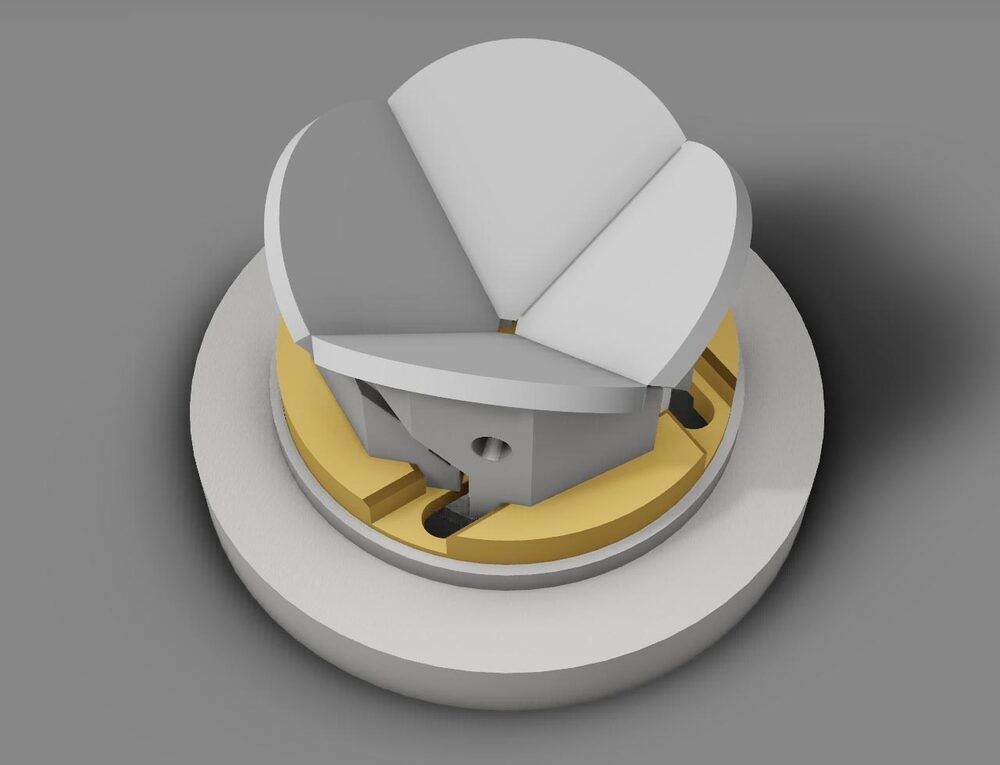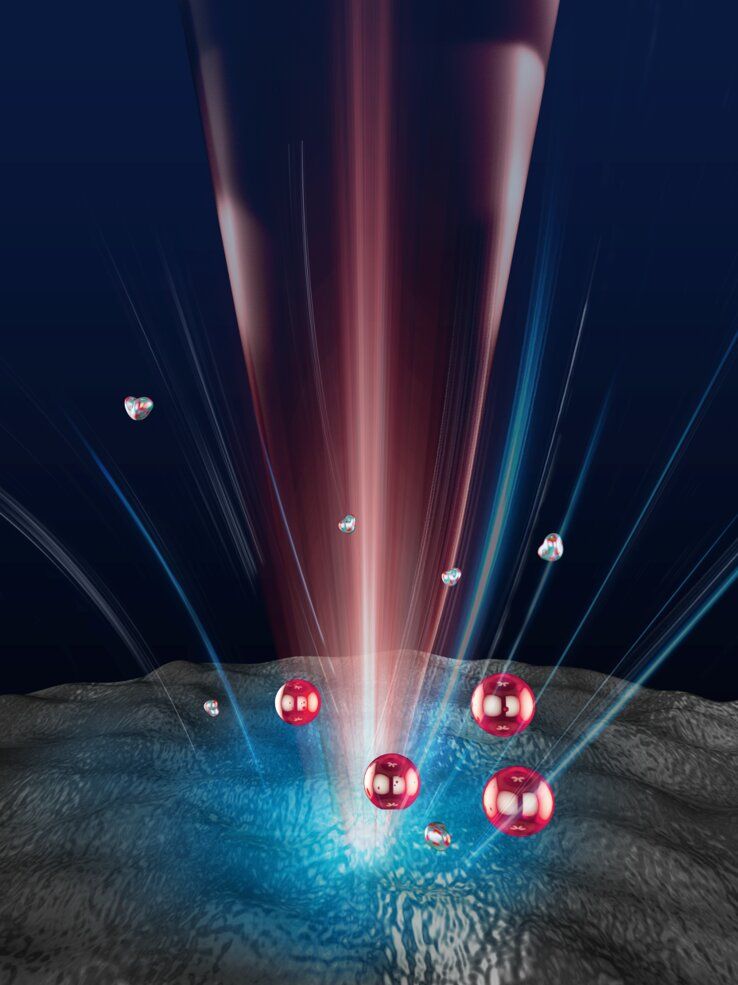Jul 1, 2021
New Cold Atom Source Technology Enables Portable Quantum Devices
Posted by Quinn Sena in categories: particle physics, quantum physics, space
Technology advance could enable space-based atomic clocks, improving communications and GPS navigation.
Although quantum technology has proven valuable for highly precise timekeeping, making these technologies practical for use in a variety of environments is still a key challenge. In an important step toward portable quantum devices, researchers have developed a new high-flux and compact cold-atom source with low power consumption that can be a key component of many quantum technologies.
“The use of quantum technologies based on laser-cooled atoms has already led to the development of atomic clocks that are used for timekeeping on a national level,” said research team leader Christopher Foot from Oxford University in the U.K. “Precise clocks have many applications in the synchronization of electronic communications and navigation systems such as GPS. Compact atomic clocks that can be deployed more widely, including in space, provide resilience in communications networks because local clocks can maintain accurate timekeeping even if there is a network disruption.”

















